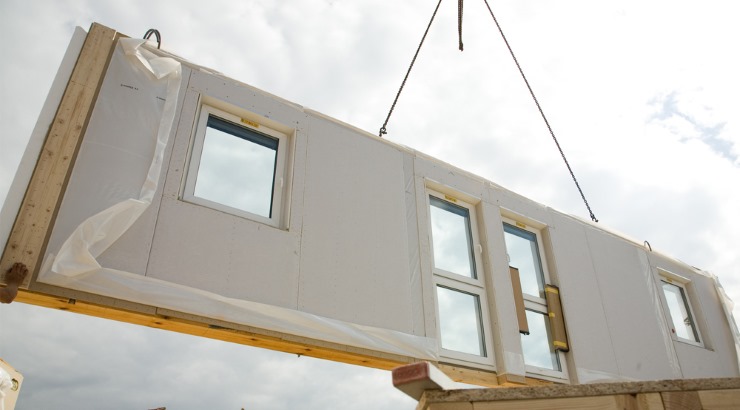Features
Top Benefits of Prefab Homes
Prefabricated construction has gained popularity over the past few years.

Prefabricated houses, also known as modular homes or prefabs, are homes built in factories in standard sections that are later transported and assembled on-site.
Prefabricated construction has gained popularity over the years due to, among other things, its ability to cut building costs and timelines.
Here are some of the top benefits of prefabricated homes.
1.) Design flexibility
Prefabs have a range of house plans to choose from and hundreds of options to customize the house you select. Depending on your local building code, you can modify the plan to suit your construction specification – be it a single-level or a multi-level house.
2.) Reduced construction time
A modular home is typically built in about 30 per cent of the time required to construct a site-built house. This is because construction work – foundation (on-site) and home construction (at the factory) – can be done concurrently thus saving a lot of time over a site-built home.
Besides, there are no delays from weather restrictions, material theft or contractor problems as may be the norm with a site-built home.
3.) Reduced construction costs
The cost of prefabricated houses is significantly lower than that of a site-built home. This is mainly because manufacturers usually buy building supplies in huge volumes (at a discount) and additional savings are reflected in the cost of the finished house.
RELATED: Kenyan Builders Bet Big on Prefabricated Homes
Also, because prefabs are built within a shorter period, the amount of interest the homeowner pays on a home loan is significantly reduced – thereby reducing the construction cost.
4.) High quality
Because modular homes are built in factories, they are subjected to a more demanding procedure than regular homes. The plans must be approved before construction and the homes must go through frequent inspections from government officials.
5.) Environmentally friendly
Prefabs require less material than site-built homes. Excess materials are re-used for other homes. Also, in case a modular house is dismantled the prefabs can be used to make another home or stored for a future construction project. This means this technology has minimal wastage and minimal impact on the environment.














